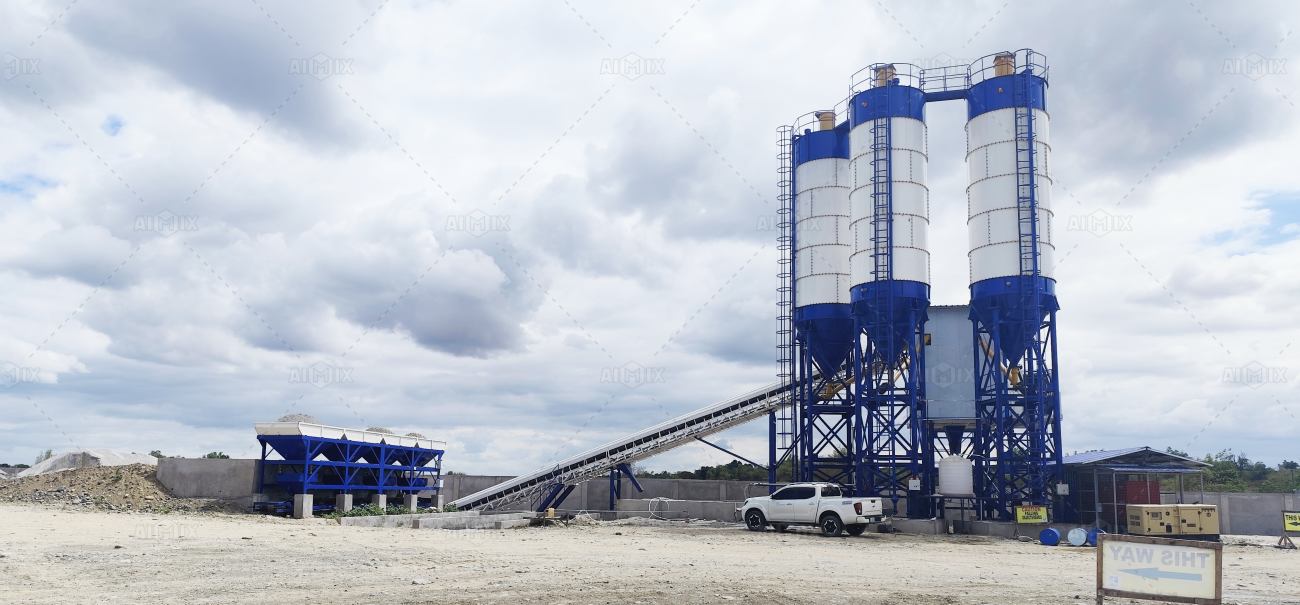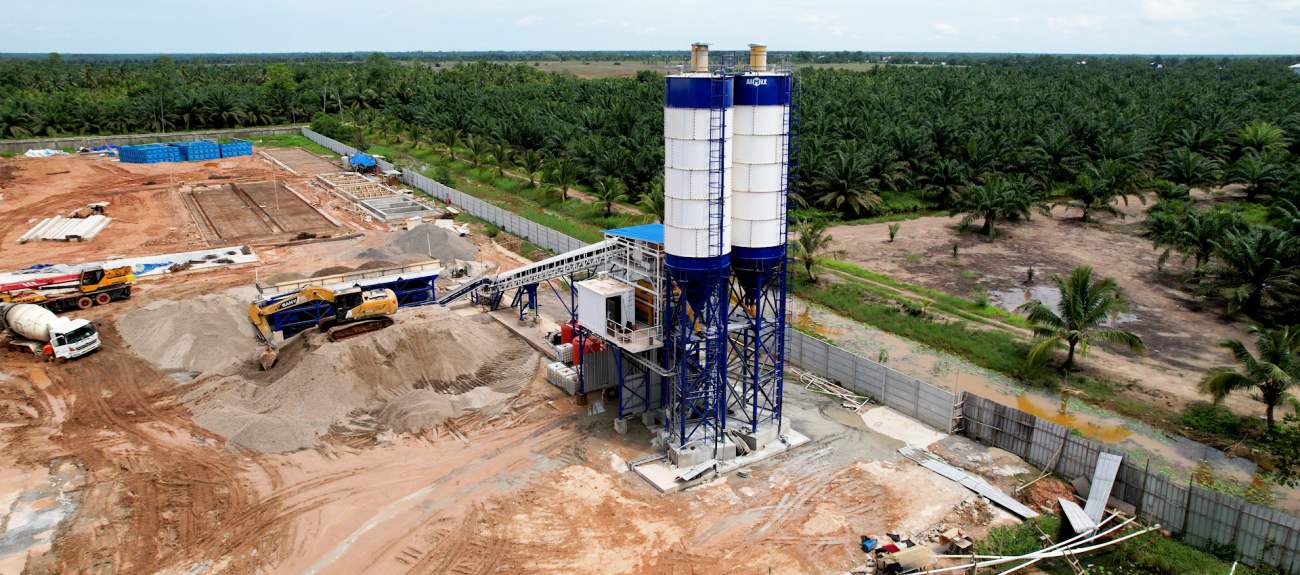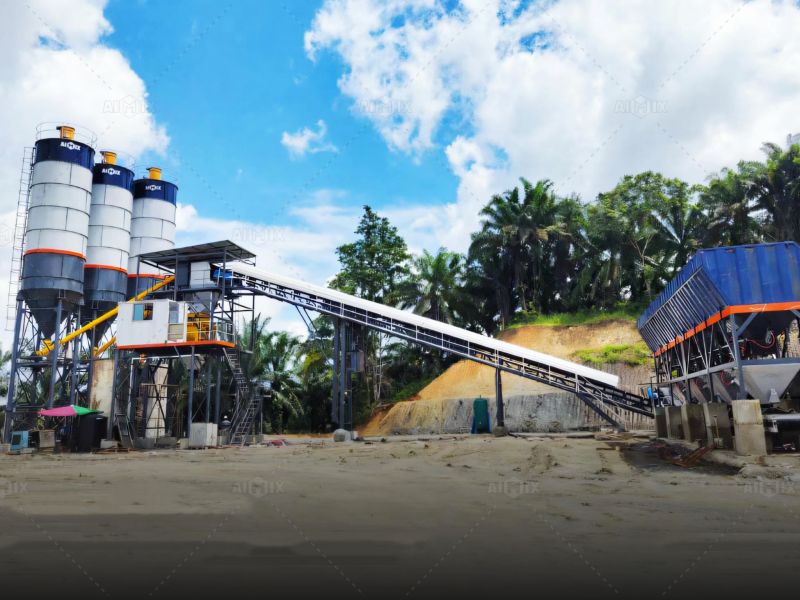Starting an RMC plant business can be a highly profitable venture, especially in regions experiencing rapid urbanization and infrastructure growth. However, one of the most critical challenges for any startup is estimating and controlling the RMC plant cost effectively. Whether you’re planning to set up a stationary batching plant or a mobile ready mix concrete plant, understanding the cost structure is essential to ensure sustainable operations and long-term profitability.
This guide breaks down the key cost components and offers strategies to help startups manage and reduce expenses when entering the ready-mix concrete industry.

Understanding the Cost Structure of an RMC Plant
The RMC plant cost can be divided into several major categories:
Capital Expenditure (CapEx)
These are one-time costs associated with acquiring the plant and necessary infrastructure.
-
Plant and Machinery: The core equipment includes batching units, mixers, cement silos, conveyors, water tanks, and control systems. A basic stationary plant may cost between $70,000 to $200,000, while a mobile ready mix concrete plant may cost slightly less, depending on capacity and configuration.
-
Land and Site Preparation: Purchasing or leasing land and preparing the site for installation. This includes civil work, foundations, and access roads.
-
Power Setup: If the site lacks stable electricity, a generator or dedicated connection may be required.
Operating Expenditure (OpEx)
These are recurring costs required to run the plant on a daily basis.
-
Raw Materials: Cement, aggregates, sand, water, and admixtures make up a significant portion of the operational cost.
-
Labor: Wages for plant operators, technicians, drivers, and administrative staff.
-
Utilities and Fuel: Electricity, water, and diesel (especially for mobile plants).
-
Maintenance and Spare Parts: Regular servicing, component replacement, and unexpected repairs.
-
Transportation: Costs related to concrete delivery via transit mixers.
Choosing the Right Plant Type to Control Cost
Your choice between a stationary plant and a mobile ready mix concrete plant can greatly influence both initial investment and long-term costs.
Mobile Ready Mix Concrete Plant
-
Pros: Lower setup cost, flexible relocation, ideal for temporary projects or multiple construction sites.
-
Cons: Typically smaller capacity, may incur higher fuel costs due to frequent transport.
-
Best for: Startups working on short-term contracts or in regions with poor infrastructure.
Stationary RMC Plant
-
Pros: Higher capacity, better suited for continuous concrete production, efficient for urban areas.
-
Cons: Higher CapEx, less flexibility in relocation.
-
Best for: Long-term projects, commercial concrete supply, or urban construction zones.

How to Estimate RMC Plant Cost Accurately
Accurate cost estimation involves more than just equipment prices. Startups should build a comprehensive cost model by including:
-
Plant capacity: 25–180 m³/h—higher capacity usually means higher upfront investment but lower unit cost.
-
Automation level: Fully automated plants reduce labor but increase equipment cost.
-
Transportation distance: Longer delivery routes increase fuel and maintenance expenses.
-
Site location: Remote locations require more infrastructure investment (roads, utilities, housing for workers).
Use a spreadsheet or business planning tool to break down these components into fixed and variable costs, allowing better forecasting and cost control.
Tips to Control RMC Plant Cost in a Startup
Keeping costs under control from day one is critical for startup survival. Here are proven ways to reduce RMC plant business expenses:
Start Small and Scale
-
Begin with a compact or mobile plant to reduce initial risk.
-
As orders increase, invest in modular upgrades instead of replacing the entire plant.
Lease or Rent Equipment
-
Consider leasing high-cost items like transit mixers or silos in the beginning.
Use Local Materials
-
Sourcing aggregates and cement from local suppliers reduces transportation and delivery costs.
Invest in Preventive Maintenance
-
Routine checks extend the life of equipment and prevent costly breakdowns.
Optimize Logistics
-
Use GPS and software to track delivery trucks, reducing fuel consumption and idle time.
Train Your Workforce
-
Well-trained operators improve production efficiency, reduce material waste, and avoid costly errors.
Negotiate Bulk Purchases
-
Secure better pricing for cement and aggregates by signing long-term supply agreements.

Leverage Mobile Ready Mix Concrete Plants for Cost Savings
If you’re launching your RMC plant business in an area where multiple project sites exist or transportation is costly, a mobile ready mix concrete plant could provide significant advantages:
-
Reduced setup cost: Mobile plants require minimal foundation and can be installed in 2–5 days.
-
Lower logistics cost: Being closer to the site means less fuel and time per delivery.
-
Adaptability: Ideal for regions with frequent infrastructure development (roads, bridges, etc.).
While the output might be lower compared to stationary batching plants, the flexibility and faster return on investment often outweigh the limitations for a startup.
RMC Plant Business Case: Breakeven and ROI
To ensure long-term viability, calculate your breakeven point and expected return on investment (ROI):
-
Breakeven analysis: Determine how many cubic meters of concrete you must sell monthly to cover costs.
-
ROI: Calculate the time it takes to recover your initial investment, usually within 1–3 years for well-managed operations.
Tools like QuickBooks, Zoho Books, or custom Excel models can help you simulate different pricing and volume scenarios.
Conclusion
Estimating and controlling RMC plant cost is not just about cutting corners—it’s about making smart, informed decisions that align with your business goals. By understanding the cost components, choosing the right plant type, and adopting cost-control strategies, startups can build a profitable RMC plant business even in competitive markets. Whether you choose a mobile ready mix concrete plant for its flexibility or a larger stationary unit for volume, success comes from detailed planning, efficient execution, and continuous optimization.